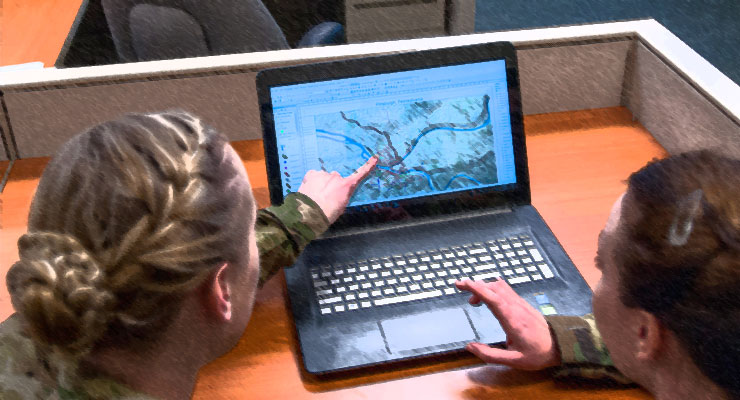
From an article at State Scoop written by Benjamin Freed:
A report published this week by an organization representing state government mapping officials found that election officials across the United States are gradually adopting greater use of geographic information system technology in their processes. But it also shows most voter registration systems and precinct boundaries have a long way to go before they can be supported by map data.
The report, issued by the National States Geographic Information Council, is the latest step for the organization’s Geo-Enabled Elections project, a two-year research initiative focused on making the maps that dictate where people vote more reliable using GIS technology. In interviews with election directors, NSGIC found that while several states are interested in incorporating GIS into their processes for voter registration and precinct assignment, few have actually done it — even though the technology is widely used for other state-government functions, including defining city boundaries, public-utility service areas and coordinating emergency response.
State scoop has the full article. The Coalition of Geospatial Organizations released the 2018 Report Card on the U.S. National Spatial Data Infrastructure just yesterday. Take a look at their announcement:
The Coalition of Geospatial Organizations (COGO) has announced the release of its 2018 Report Card on the U.S. National Data Infrastructure (NSDI). The report card utilizes a letter grading system to depict the status and condition of the nation’s geospatial infrastructure.
Notably, the national assessment of the NSDI’s ability to meet future geospatial data, based on address, cadastral, elevation, geodetic control, government units, hydrography, orthoimagery, and transportation themes, rose from a C in the 2015 Report Card, to a B- in the 2018 Report Card.
“The new report card exemplifies that while progress has been made, federal, state, regional, and local government agencies, tribal nations, and private and academic sectors need to continue to collaborate to complete this important work,” says NSGIC President Dan Ross. “NSGIC fully supports that collaboration and will continue to work with our members to support and move this initiative forward.”
The improved overall grades reflect a broadened base of experts and government organizations involved in the assessment, as well as an expanded set of assessment metrics.
The objectives of the NSDI include reducing the duplication of effort and expense among agencies, ensuring that geographic data is more accessible to the public, improving the quality of national data, and establishing key partnerships within the geospatial field.
The COGO member organizations represent leaders in the geospatial field and collectively represent over 170,000 individual members. The member organizations aim to engage Congress, Federal agencies, and the FGDC to maintain successful practices and develop improvements and solutions related to the National Spatial Data Infrastructure.
The full 2018 Report Card on the U.S. National Spatial Data Infrastructure, along with the COGO press release, executive summary, video webinar, and presentation slides can be found on the COGO website.
Leave a Reply